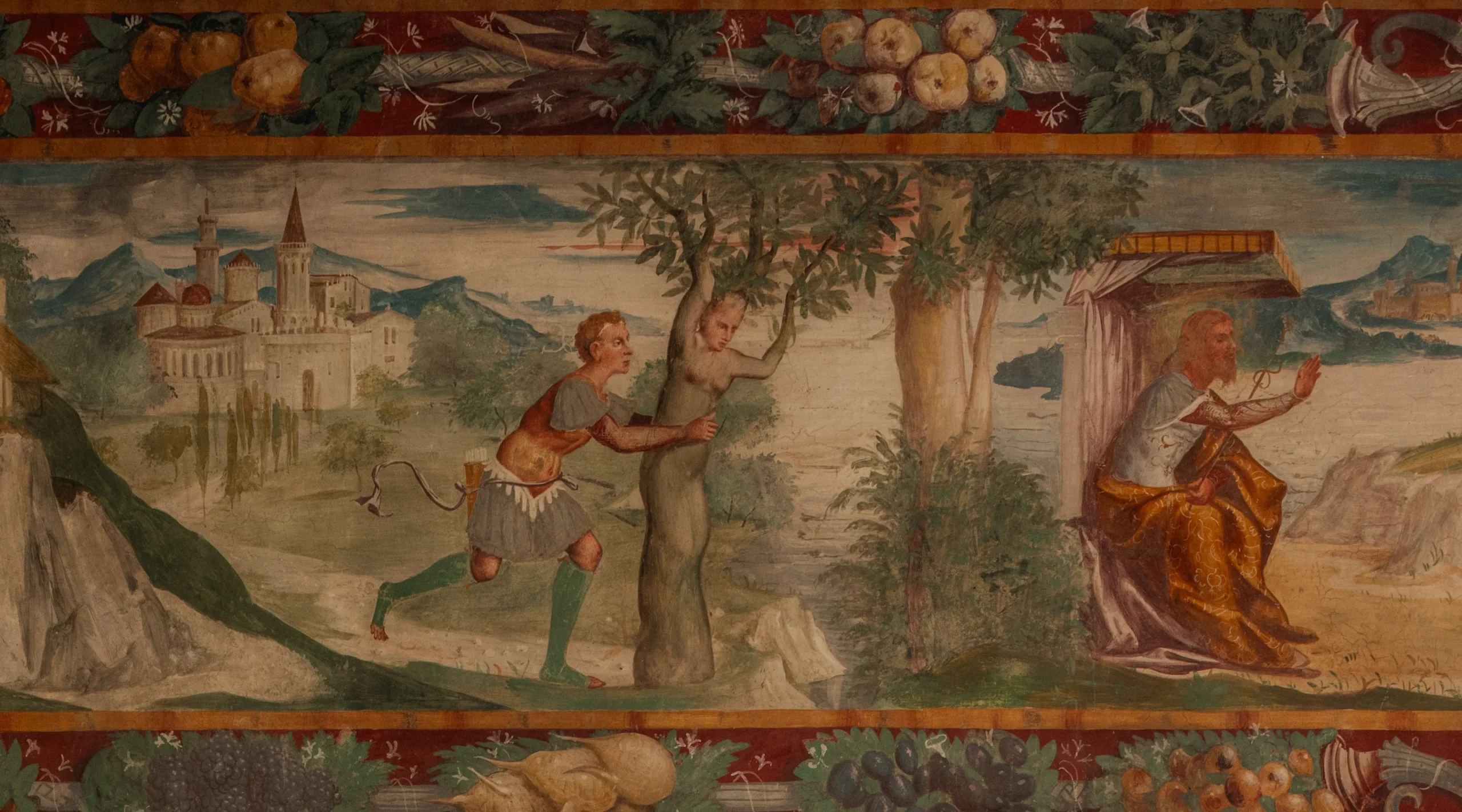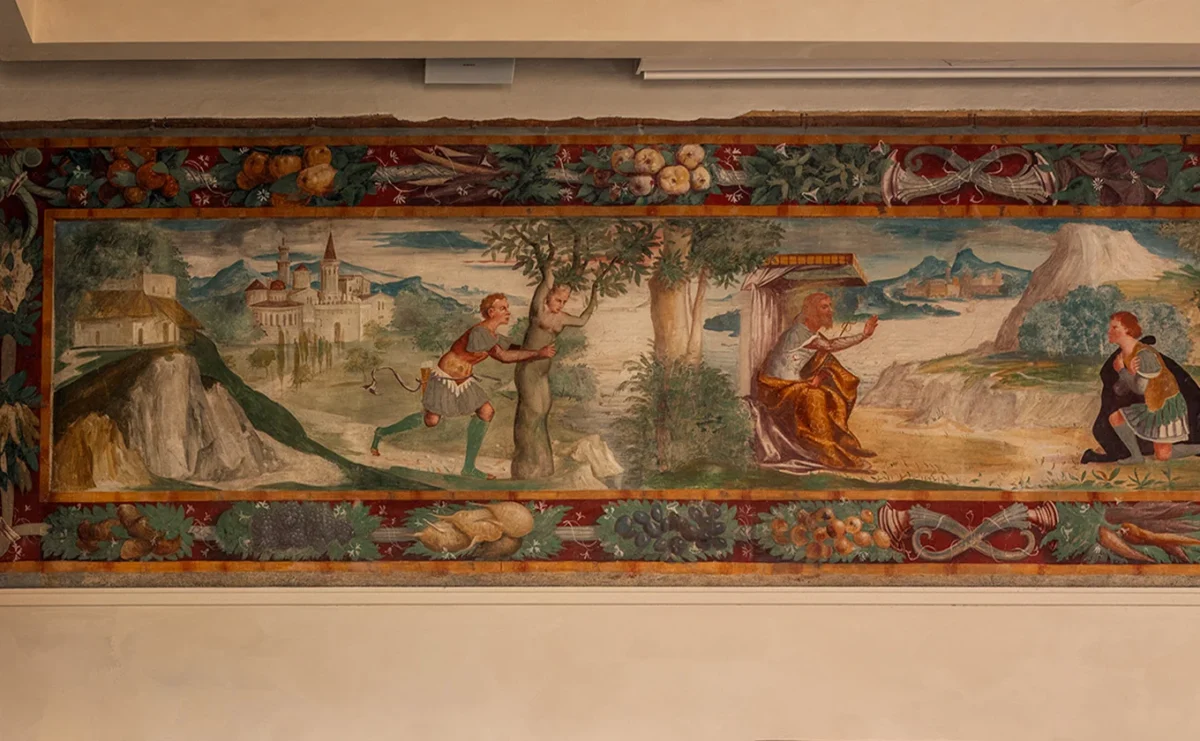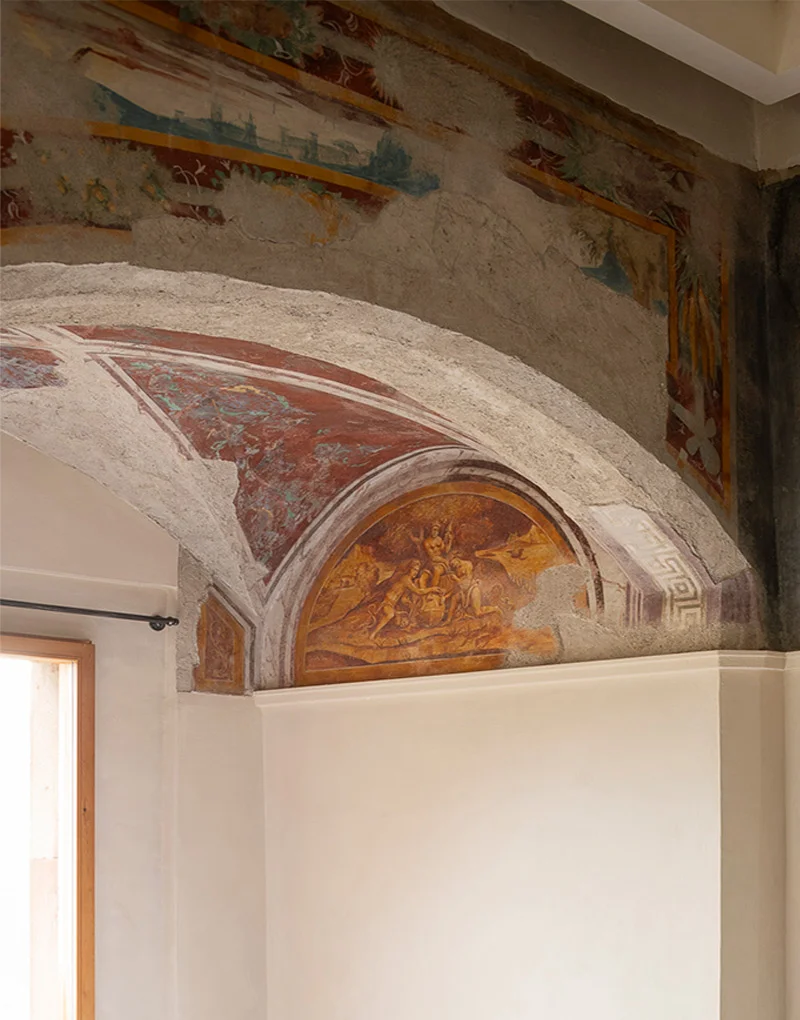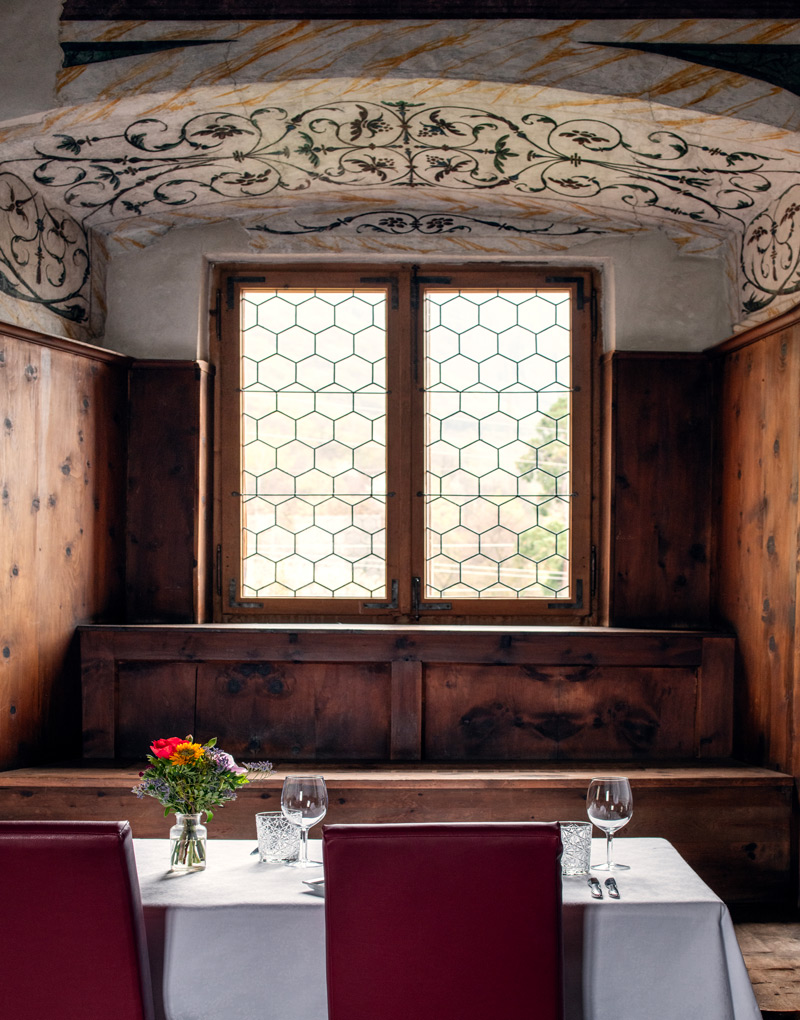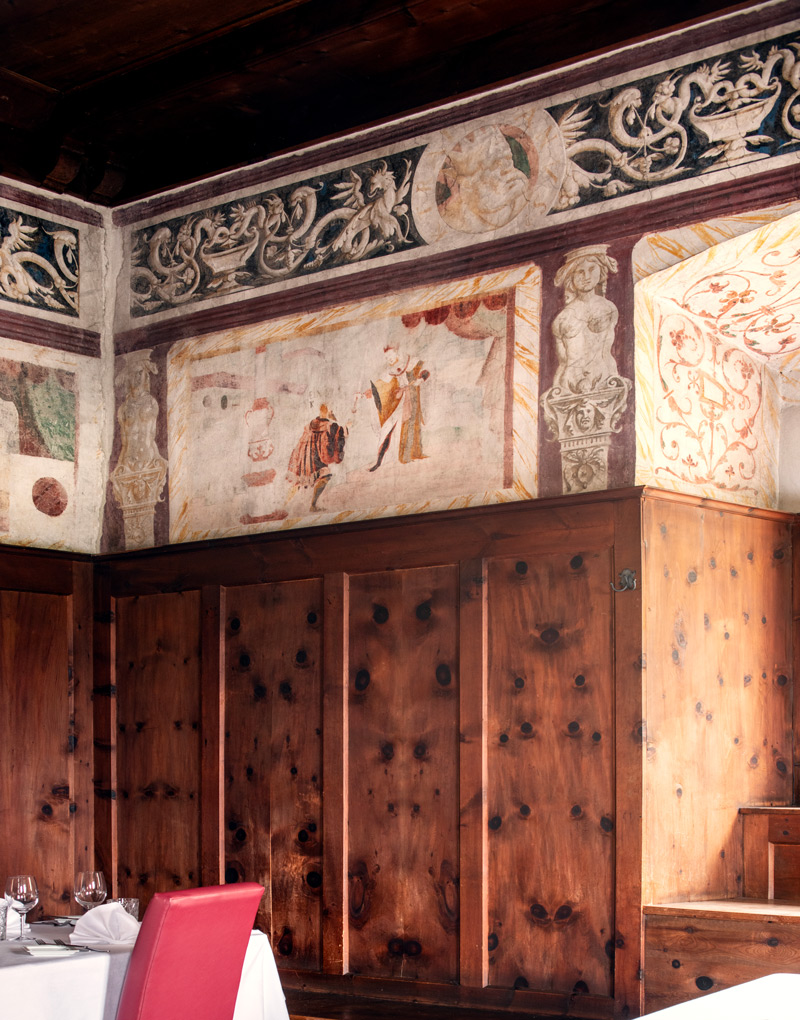From an impregnable fortress to a place of culture and celebration, Over the course of its history, the castle has changed its character and inhabitants many times. Its calling as a place of sharing and meeting seems congenital since, as early as the 1400s, sumptuous banquets and astonishing festivities were organized there.
THE CASTLE in between secrets and intrigues
IT HAS ALWAYS BEEN A FEAST
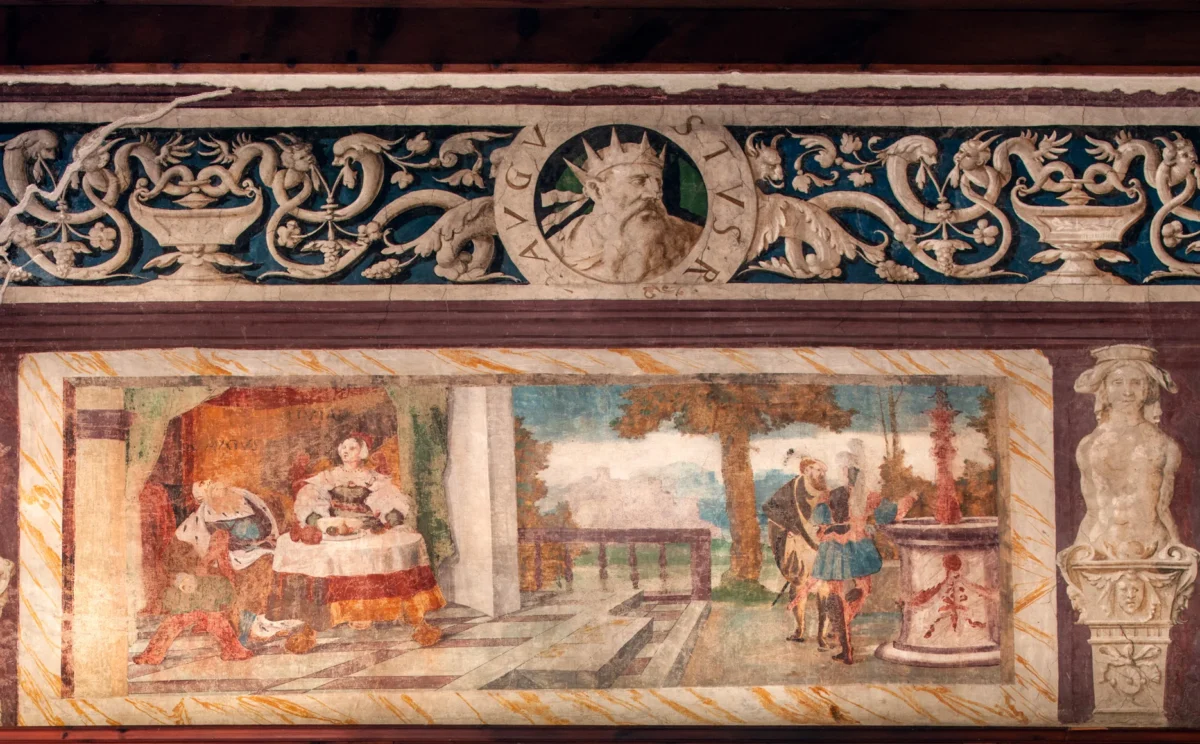
ITS HISTORY in the timeline
Secrets
and intrigues
THE MYSTERY of the watchtower
The original location of the watchtower, il battifredo, has been a mystery for a long time until when, the excavation work during the construction of the new rock hall finally brought its foundations to light. It is in the bowels of the underground that the marriage of the ancient and the contemporary reaches its clearest expression.
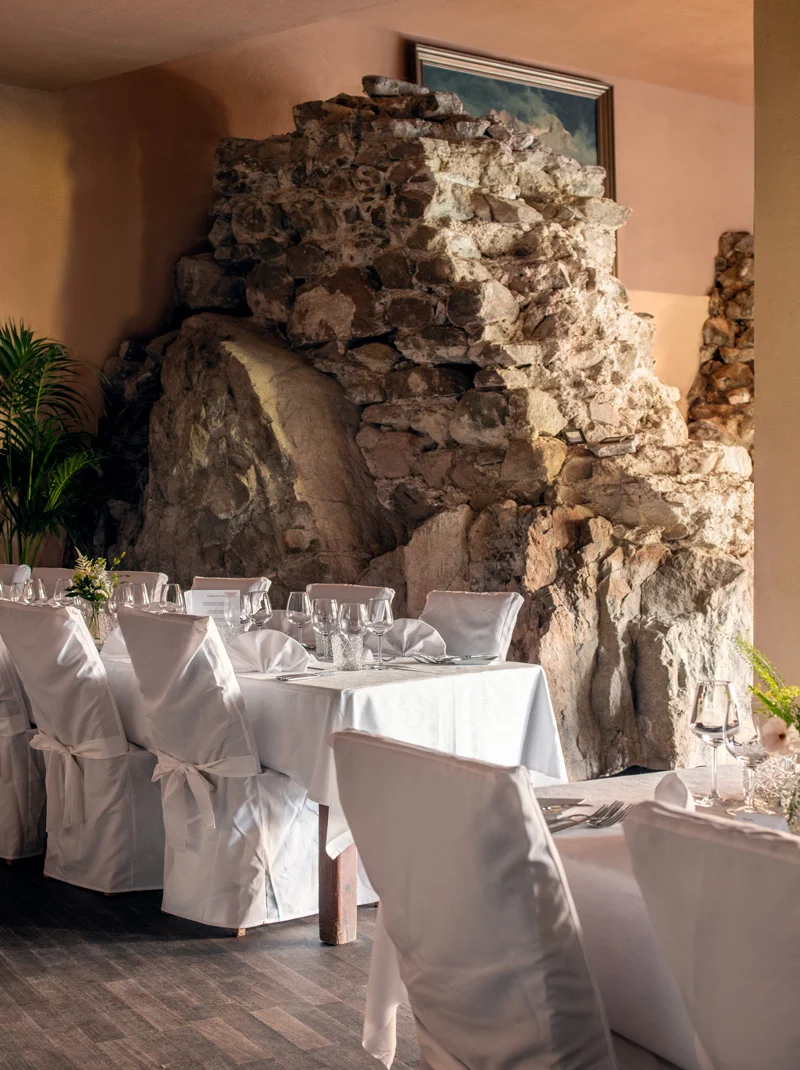
How deep is
the tank?
The construction of a water tank, lined with small bricks and lime mixed with ox blood, currently visible down to a depth of 6 and a half meters in one of the restaurant’s rooms, reveals the brilliance of the early builders.
THE ENIGMA of the great wall
To get from the east-west wing to the north wing, it is necessary to cross a deep wall that measures an impressive 3 meters and 60 centimeters! It consists of two walls—an older one, dating back to the Romanesque period, and a more recent one—that are built one upon the other. The construction of this mammoth wall is a mystery; who knows what the architect had in mind…
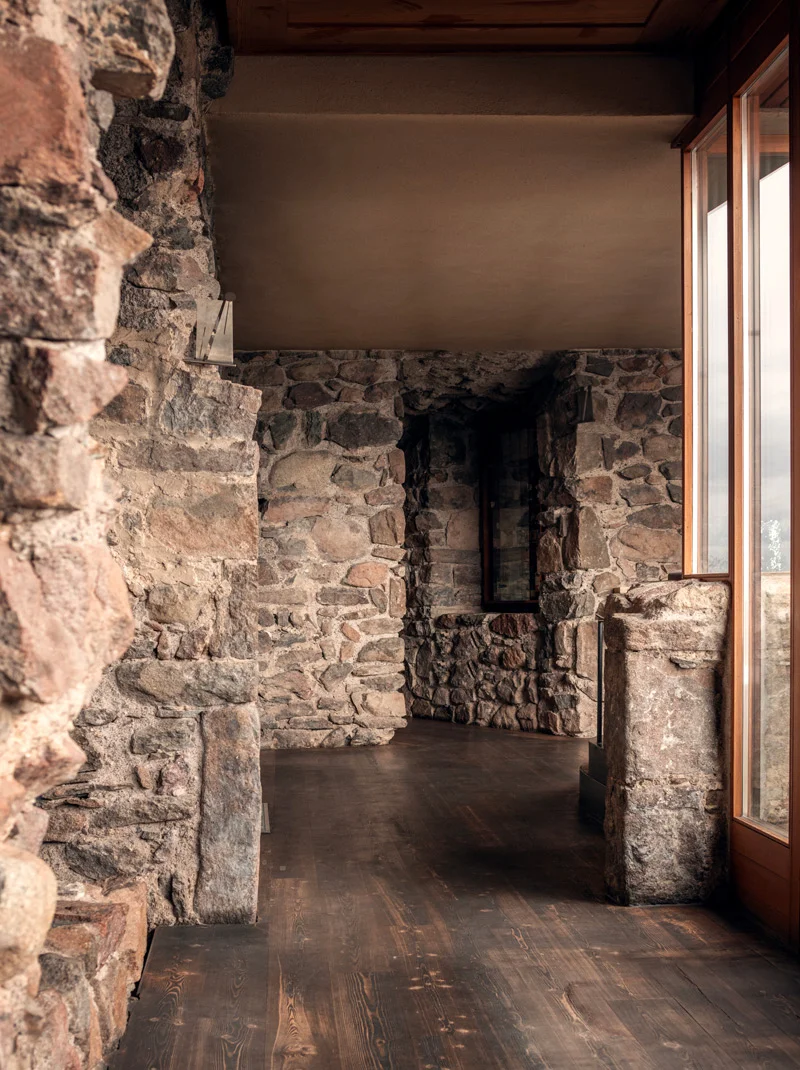
The elegance
of the frescoes
Under the guidance of the lords of Fiè, the castle becomes renowned for its feasts and sumptuous banquets, making it famous among the nobility of Bolzano. It is within this context of wealth and refinement that the fresco cycles by Bartolomeo Dill Riemenschneider come to life, decorations that still adorn the halls today. Among these artworks, the representation of the Greek myth of Apollo and Daphne stands out, a tale of love and tragedy.
THE POMEGRANATE
The fresco cycle is accompanied by depictions of plant species commonly used, such as eggplant, pear, garlic, potato, and pomegranate. Symbolizing fertility and prosperity, a charred pomegranate specimen was found at the base of the battifredo. Along the avenue leading to the castle, seven pomegranate trees now lead visitors to the majestic stone portal.

